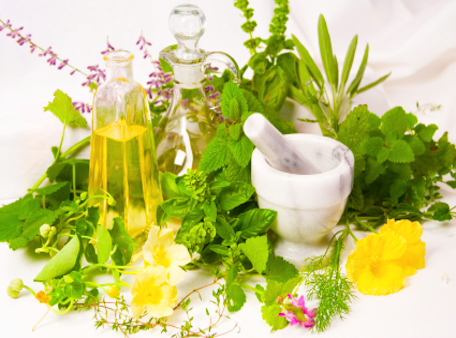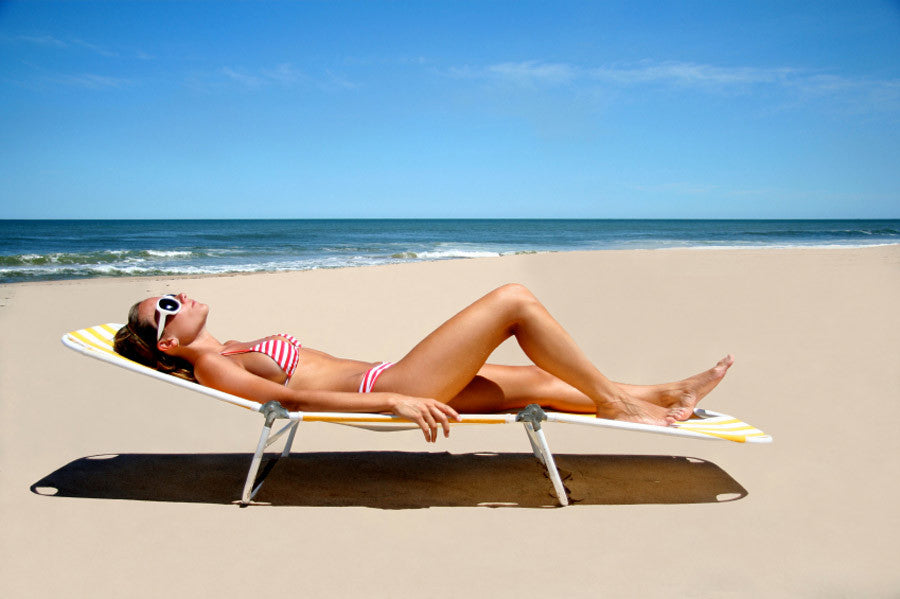Oil Cleansing Method for Sensitive Dry Skin
Do you have dry skin? Are you tired of battling your dehydrated skin with cleansers that just seem to dry it out more? Then you came to the right place because AMG has a solution for you! We are going to be teaching you all you need to know about the popular oil cleansing method. What is it? How it works. The benefits of oil cleansing. And a step by step instruction how to do it and implement it into your skin care regimen.
What is oil cleansing?
Oil cleansing is the simple concept of using good oils to remove bad oils off your skin. As most of us learned in chemistry, likes dissolves likes. What this means is by applying new, clean, botanical oils to your skin they will pull out the dirty oil from your face, restoring it new, rejuvenating oil that your skin will thank you for.

How does it work?
A lot of facial cleansers these days have harsh chemicals that strip away our skin’s natural oils leaving it unbalanced. This can put our skin into overdrive making it produce more oil to try and become balanced again. The problem here lies with over production of oil, which can lead to clogged pores, acne, and a variety of other problems.
Natural botanical oils, like those found in our Botanical Elixir Oil, such as Moringa olefiera and Sacha inchi are anti-bacterial, and extremely moisturizing which makes them ideal for cleansing. Using these oils to cleanse will remove impurities from your skin and leave it feeling clean and well hydrated.
Benefits of oil cleansing.
This popularized trend is growing tremendously and there has been tons of great feed back from those switching over to this cleansing method. Users reported their skin glowing, feeling clean, moisturized, and even getting rid of annoying acne flare-ups.
This is a great option for you if you are looking for a more natural way of cleansing your face using botanical oils. Oil cleansing method will leave with you the radiating, beautiful skin we all want to obtain.
Instructions how to oil cleanse.
-
Before washing your face, get yourself a clean washcloth but do not wet it, keep it dry.
-
If you have make up on do not take it off, the oil will do that for you. Now apply a generous amount of AMG’s Botanical Elixir Oil onto your face.
-
Begin massaging the oil into your skin in upward circular strokes.
-
Once the oil is on your face, leave it on for 1-2 minutes and let it soak into your pores.
-
After the 1-2 minutes is up, wipe face with a clean, dry, washcloth.
-
Apply AMG’s Daily Moisturizer or Night Time Repair Cream depending on what time of day you are cleaning your face. Apply our Under Eye Serum for an added benefit. Top it off with a small amount of our Botanical Elixir Oil to lock in the moisturizers you just applied to your face.

It's Up to You!
Start your journey to beautiful, healthy skin. Find out for yourself just how amazing oil cleansing is for keeping your skin young and beautiful. Get your Botanical Elixir Oil today and let us know how you fall in love with your skin all over again.














